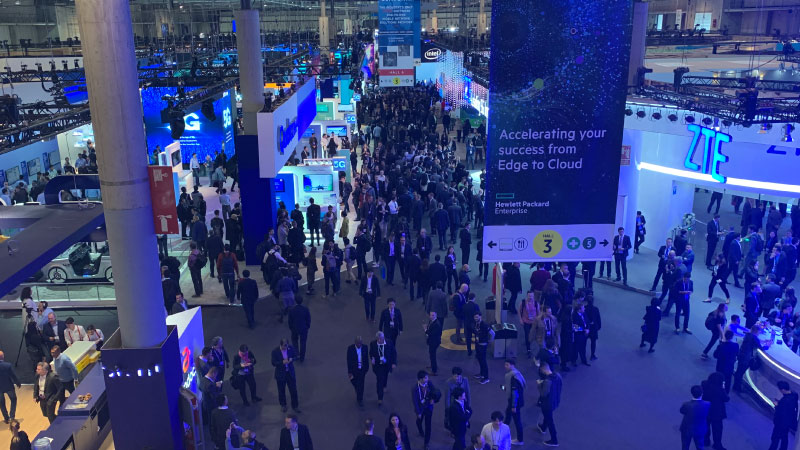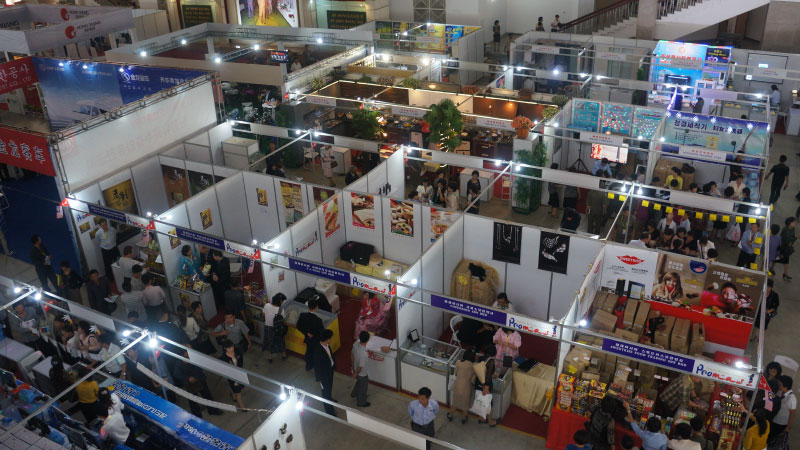Dubai is a global hub for business and innovation, making it a prime location for major trade shows that attract international attention. Successfully managing marketing during such high-profile events requires strategic planning, adaptability, and a deep understanding of both the local and international markets. Here’s an in-depth guide to mastering marketing management during a major trade show in Dubai.

1. Pre-Show Preparation
1.1 Define Your Goals and Objectives Before the trade show, clearly define what you aim to achieve. Whether it’s generating leads, increasing brand awareness, or launching a new product, having specific objectives will guide your marketing strategies and measure your success.
1.2 Know Your Audience Understanding the demographics, interests, and needs of the attendees will allow you to tailor your marketing efforts effectively. Use data from previous events, industry reports, and insights from the trade show organizers to create detailed buyer personas.
1.3 Develop a Comprehensive Marketing Plan Create a marketing plan that includes both online and offline strategies. This should encompass social media campaigns, email marketing, content creation, public relations, and partnerships. Allocate a budget for each activity and set deadlines to ensure everything runs smoothly.
1.4 Design Eye-Catching Booths and Displays Your booth is the face of your brand at the trade show. Invest in high-quality, eye-catching designs that reflect your brand’s identity. Ensure that your display is interactive and engaging to draw in attendees.
1.5 Leverage Technology Incorporate technology to enhance your booth’s appeal. Interactive screens, virtual reality experiences, and live demonstrations can create memorable experiences for attendees and increase foot traffic to your booth.
2. Marketing During the Trade Show
2.1 Real-Time Engagement Utilize social media to engage with attendees in real time. Share live updates, photos, and videos of your booth and key moments from the event. Use relevant hashtags and tag the event organizers to increase visibility.
2.2 Interactive Content Host live demonstrations, product trials, or workshops at your booth. Interactive content not only attracts visitors but also provides them with hands-on experiences that can make a lasting impression.
2.3 Networking and Relationship Building Trade shows are prime opportunities for networking. Engage with industry professionals, potential clients, and partners. Collect contact information and follow up promptly after the event.
2.4 Monitor Competitors Keep an eye on your competitors’ activities and marketing strategies. Understanding their approach can provide insights into what works and what doesn’t, helping you refine your own tactics.
2.5 Collect and Analyze Data Gather data on booth visitors, interactions, and feedback. Use this information to gauge the effectiveness of your marketing efforts and make real-time adjustments if necessary.

3. Post-Show Follow-Up
3.1 Evaluate Your Performance Review your goals and assess whether you met them. Analyze the effectiveness of your marketing strategies, the quality of leads generated, and the overall impact of your presence at the trade show.
3.2 Follow Up with Leads Contact the leads you collected promptly. Send personalized follow-up emails, thank them for visiting your booth, and provide additional information or offers to continue the conversation.
3.3 Gather Feedback Solicit feedback from your team, attendees, and partners. Understand what worked well and what areas need improvement. Use this feedback to refine your strategy for future trade shows.
3.4 Update Your Marketing Materials Incorporate insights and feedback from the trade show into your marketing materials. Refresh your content and visuals to keep your brand relevant and appealing to your target audience.
3.5 Analyze ROI Calculate the return on investment (ROI) for your trade show marketing efforts. Consider factors such as lead conversion rates, brand exposure, and overall impact on your business goals. This analysis will help you make informed decisions for future events.
4. Leveraging Dubai’s Unique Opportunities
4.1 Utilize Dubai’s Business Ecosystem Dubai offers a vibrant business ecosystem with numerous networking opportunities. Engage with local business leaders, influencers, and industry experts to expand your network and enhance your brand’s presence.
4.2 Tap into Regional Media Leverage Dubai’s media landscape to gain additional exposure. Partner with local media outlets for coverage or consider sponsored content to reach a wider audience.
4.3 Cultural Sensitivity Be mindful of Dubai’s cultural norms and preferences. Ensure that your marketing materials and messaging are culturally appropriate and resonate with the local audience.
4.4 Explore Strategic Partnerships Collaborate with local businesses or industry associations to enhance your presence. Strategic partnerships can provide additional marketing channels and support during the trade show.
Successfully managing marketing during a major trade show in Dubai requires meticulous planning, dynamic execution, and a strategic approach. By understanding your audience, leveraging technology, and adapting to real-time developments, you can maximize your impact and achieve your marketing objectives. Dubai’s unique business environment presents both challenges and opportunities, making it essential to stay informed and agile. With the right strategies in place, your trade show presence can significantly boost your brand’s visibility and success.



